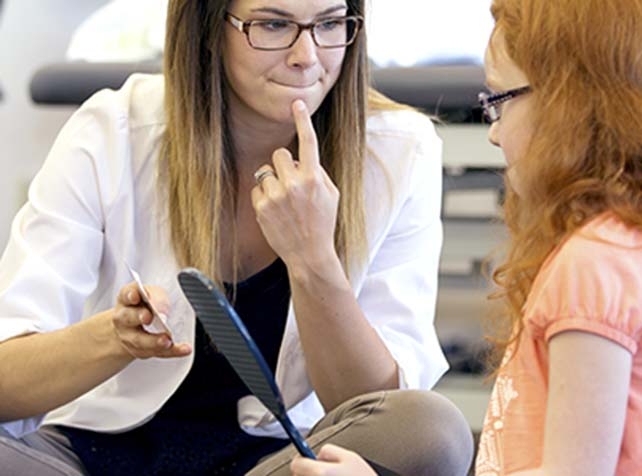
Imagine walking into a bustling clinic, the air filled with a chorus of coughs, sniffles, and croaky voices. At the center of it all is a specialist, an Otolaryngologist, armed with knowledge and determination to restore harmony to this human orchestra. An allergist surprise az, you may think? No, this medical maestro is something more. They are the bridge, the vital link between the world of ear, nose, and throat disorders and the realm of speech pathology. The relationship between these two fields is deep, and much like a symphony, they work in harmony to create a beautiful outcome: the gift of clear, effortless speech.
The Symphony of Otolaryngology and Speech Pathology
The Otolaryngologist and the speech pathologist. Two distinct roles. Yet, they weave together to compose a melody of health. Each plays a part in managing and treating conditions that affect our ability to communicate and express ourselves. They’re musicians in the orchestra of healthcare, each performing their solos yet coming together to create a cohesive, harmonious piece.
The Role of the Otolaryngologist
Picture them like the conductor. The Otolaryngologist diagnoses and treats diseases of the ear, nose, and throat. Conditions such as tonsillitis, sinusitis, and even hearing loss fall into their domain. They look at the physical aspects, the tangible, structural problems that can inhibit speech.
The Role of the Speech Pathologist
Now, consider the Speech Pathologist. Their role is more like the composer. They work with the sounds, the rhythm, the timing. Speech Pathologists focus on the functional aspects. They assess, diagnose, and treat speech, language, social communication, cognitive communication, and swallowing disorders. Their role is crucial to helping individuals regain their ability to express themselves.
The Duet
The Otolaryngologist and the Speech Pathologist – a duet that plays an irreplaceable role in the symphony of healthcare. While their roles differ, they are interconnected. The Otolaryngologist identifies the physical issues that may be inhibiting speech. The Speech Pathologist takes that diagnosis and crafts a plan to help the patient communicate effectively. They are two parts of a whole, working in harmony to restore the ability to speak and communicate.
Final Note
So next time you walk into a clinic and see an Otolaryngologist or a Speech Pathologist, think about the symphony they are part of. They’re not just doctors or therapists. They’re musicians in the grand orchestra of healthcare, playing their part in the harmony of healing. And just like a symphony, they’re better together.